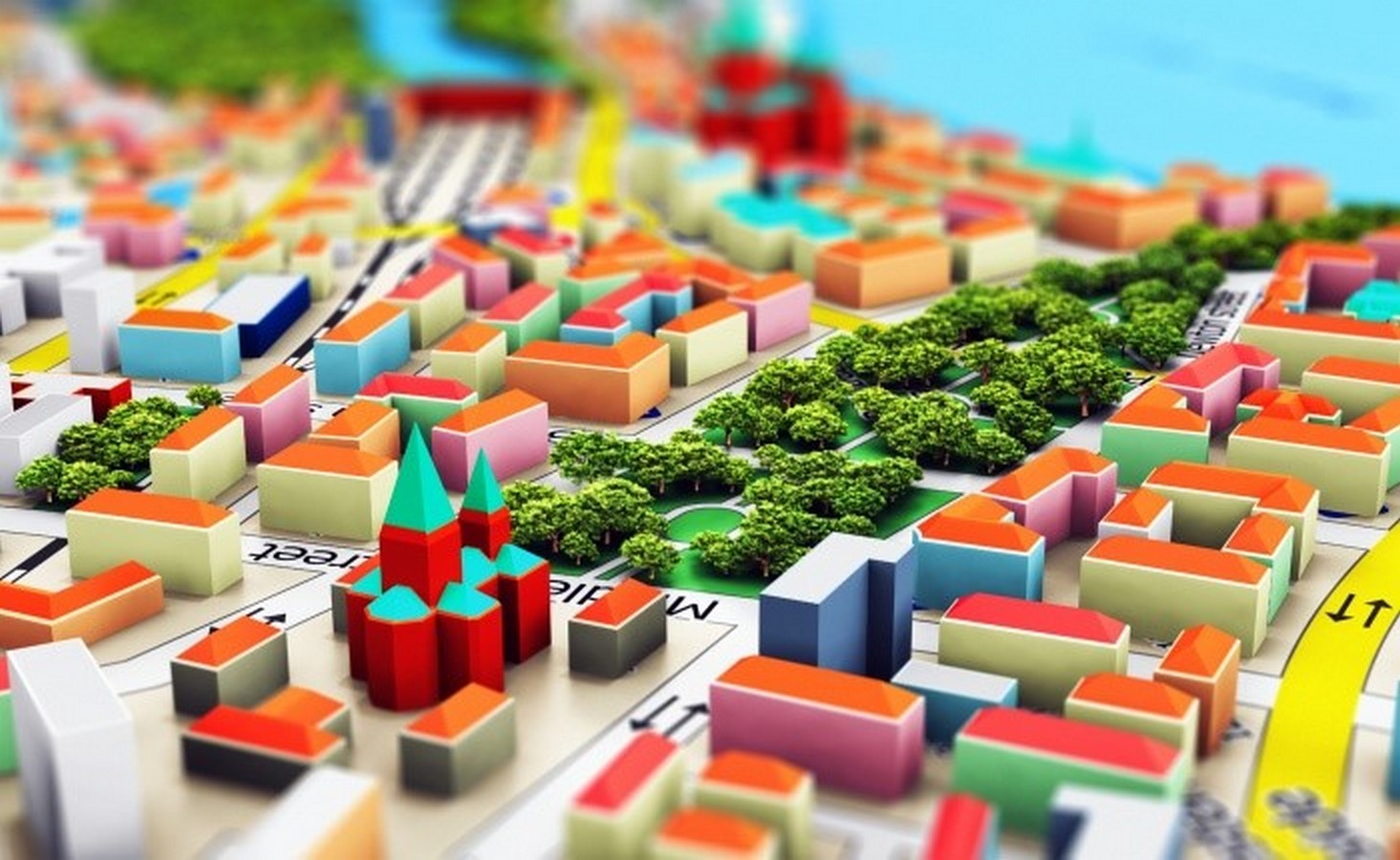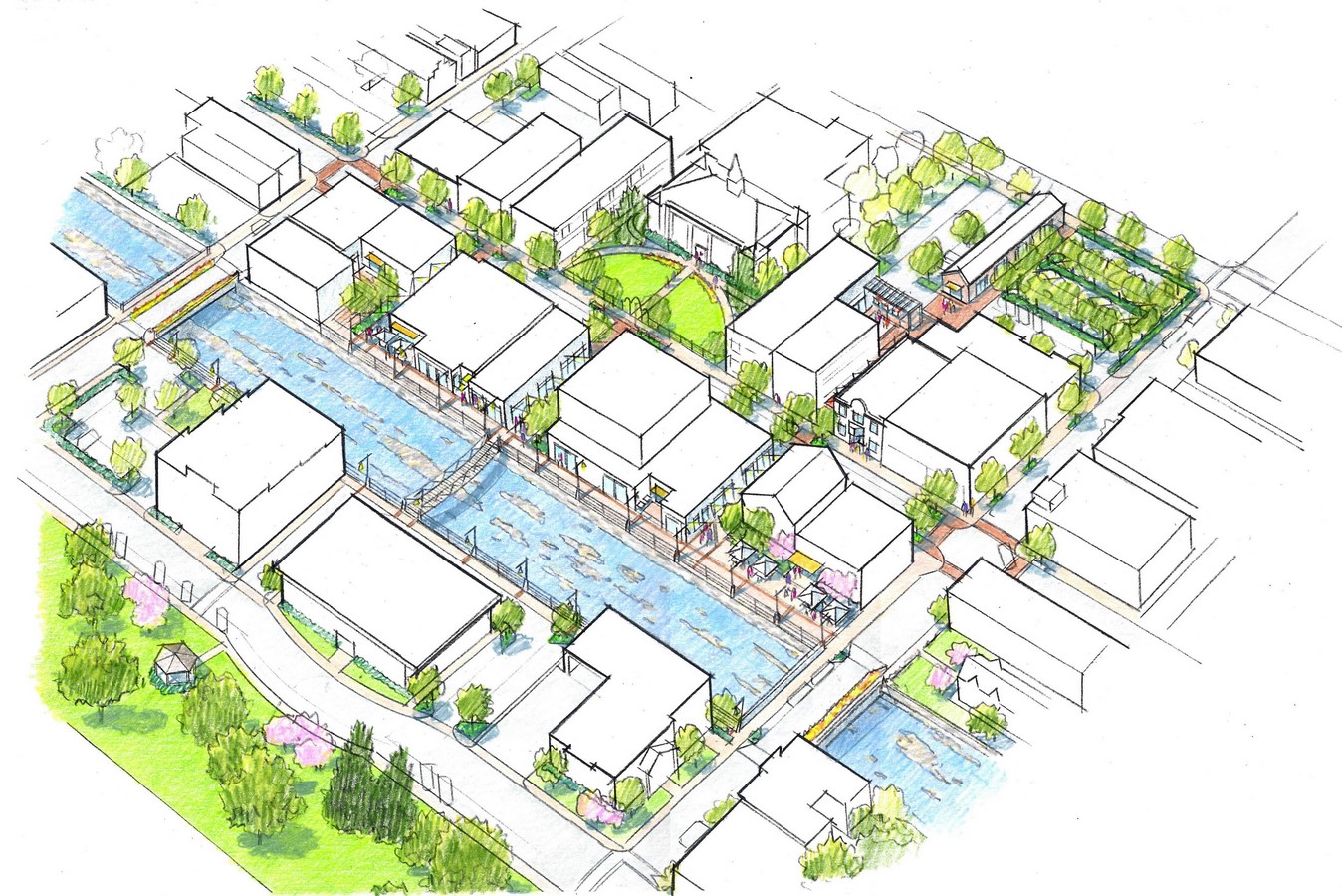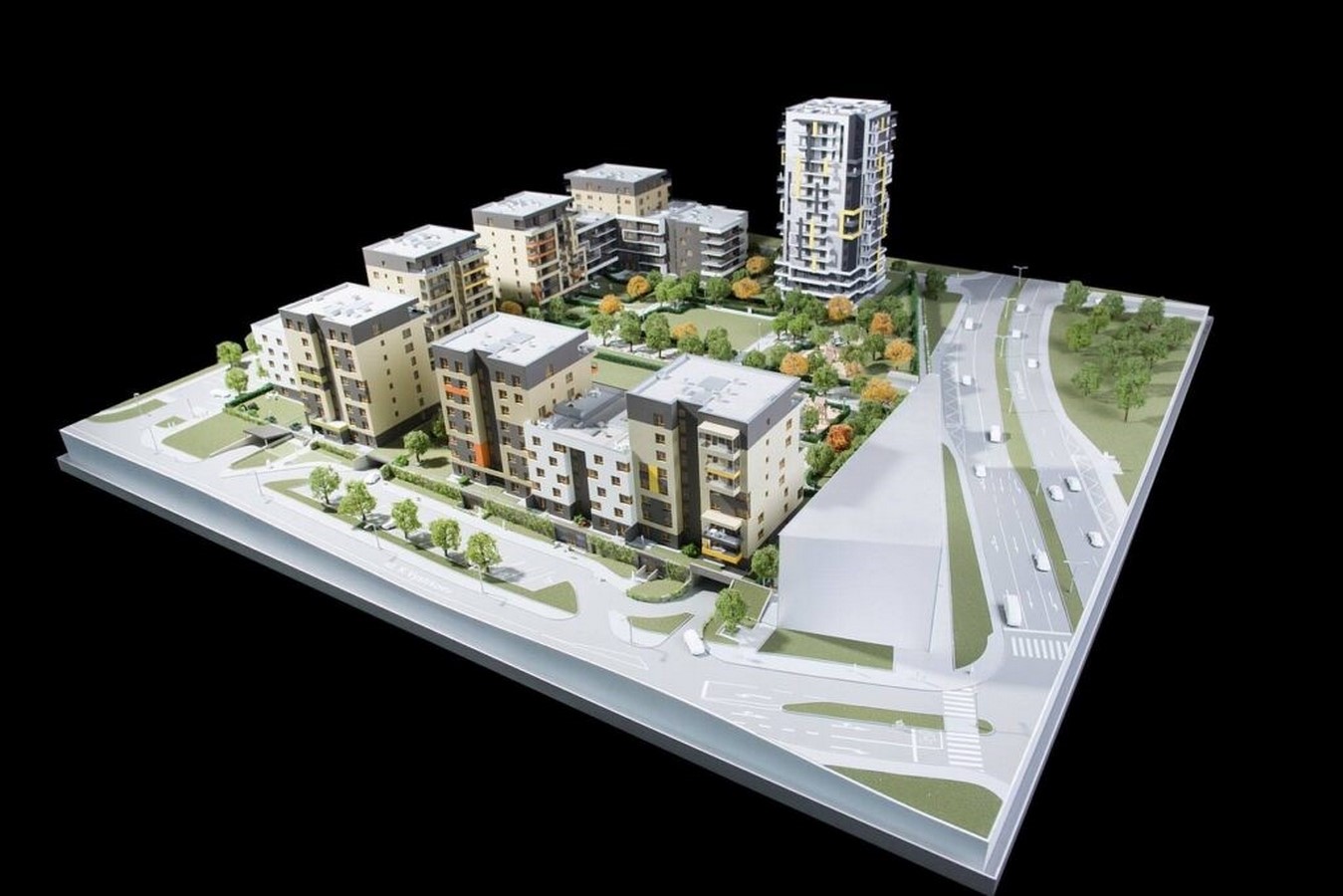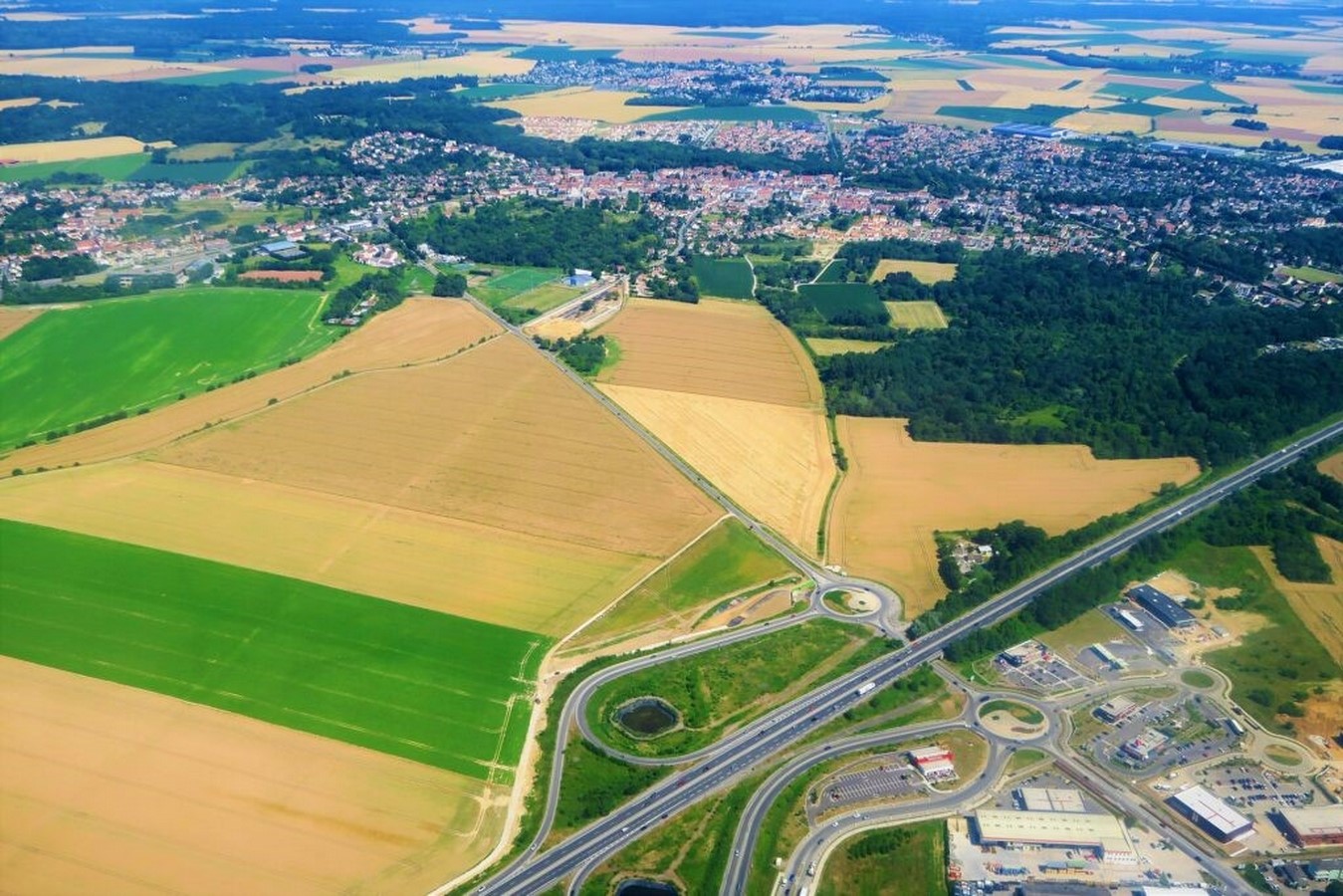Our urban civilisation is actively shaped, caring for all other resources in a balanced manner while primarily concentrating on a city’s economic and social growth. Planning, designing, and public policies that prioritise the categorising of space with an eye toward the potential social effects and the financial requirements for growth and development inside the city’s tiny rings.

Urban Planning

Urban planning, also referred to as town planning, city planning, regional planning, or rural planning, is a technical and political process that focuses on the design and development of land use and the built environment, including air, water, and infrastructure that enters and exits urban areas, such as transportation, communications, and distribution networks, as well as the accessibility of these networks. In the past, master planning of the physical layout of human settlements was done using a top-down method.
The public’s welfare was the main priority, which also encompassed the consequences of the master plans on social and economic activities as well as efficiency, sanitation, protection, and usage of the environment. Urban planning now prioritises the social and environmental bottom lines, emphasising planning as a tool to enhance people’s health and well-being while upholding sustainability norms. When the adverse economic and ecological effects of the earlier planning forms became apparent in the late 20th century, sustainable development was incorporated as one of the primary aims of all planning initiatives.
Urban planning answers how people will live, work, and play in a particular location, directing orderly growth in urban, suburban, and rural settings. Urban planners are primarily responsible for the planning of settlements and communities, but they are also accountable for the efficient transportation of goods, resources, people, and waste; the distribution of necessities like water and electricity; a sense of inclusion and opportunity for people of all kinds, cultures, and needs; economic growth or business development; improving health; and protecting areas of natural environmental significance that act as a buffer between human settlements and the environment. Recent discussions have centred on ways to include more community people in city planning processes, as most urban planning teams are highly educated persons who work for local governments.
Technical aspects of Urban Planning
The use of scientific and technical procedures, concepts, and elements involved in planning for land use, urban design, natural resources, transportation, and infrastructure are considered technical components of urban planning. Techniques used in urban planning include zoning, geographic mapping and analysis, park space analysis, water supply surveying, transportation pattern identification, demand recognition for the food supply, healthcare and social service allocation, and impact analysis of land use.
Planners employ a variety of models to forecast how cities will grow. These models may be used to highlight connections and trends in data on people, places, and economies. They may deal with long-term issues like land use and growth or short-term issues like how people move through cities. The Geographic Information System (GIS) projects future impacts on society, the economy, and the environment.
Building rules and other restrictions that control how cities are built and utilised on a personal level work in tandem with urban planning. Governmental zoning, planning approvals, and construction rules are among the enforcement tools, as are private easements and restrictive covenants.
1. Types Urban Planning | Public Policy
The urban planning process thoroughly includes various locations and activities, such as buildings, open space utilisation, transportation, and social and economic functions.
We’ll discuss the seven types of urban planning here: strategic urban planning, land-use planning, infrastructure planning, urban revitalisation, master planning, economic development, and environmental planning.
2. Strategic Urban Planning

A type of urban planning known as strategic urban planning is focused on setting broad objectives and determining the optimal regions for urban or metropolitan expansion. A strategic plan, often known as the core strategy or development plan, is created throughout this planning phase. Among a strategic plan’s objectives could be:
- Enhancing the standard of living for city inhabitants
- Enticing people to relocate there or at least go there
- Establishing new public areas for locals to unwind and socialise
- Strengthening the city’s available transportation choices
Most people agree that this is the most significant level of preparation. Numerous other facets of urban planning are closely related to strategic planning and will occur concurrently with developing a strategic plan.
3. Land-Use Planning | Public Policy
Making laws and policies that apply to a parcel of land is a part of land-use planning. These regulations aim to have a say in how the land is used. Governmental rules, zoning laws, and legislation are policies that may be developed during land-use planning. The amount, kind, and placement of land required for various municipal services are handled by the same planning tools. Land can be set aside or zoned during land-use planning for:
- Residential purposes – Land can be zoned for such buildings as single-family residences, condominiums, and apartment homes.
- Commercial purposes – Land can be zoned for office buildings and retail shops.
- Municipal purposes– Land can be zoned for government structures like courthouses and police stations.
- Industrial purposes – Land can be zoned for warehouses, manufacturing plants, data centres, and other industrial facilities.
The efficiency with which the urban planner engages with other stakeholders and the larger community will determine how successful the land-use planning will be. Land-use planning for residential, municipal, or industrial reasons should be straightforward if the strategic plan you’ve developed is well articulated.
4. Infrastructure Planning

Planning for infrastructure comprises various structures and systems essential for a city and its citizens. Infrastructure planning aims to determine how these facilities may best serve the objectives listed in the strategic plan. Planning for infrastructure includes:
- Transportation and safety – This might include police stations, roadways, and fire stations.
- Community infrastructure includes parks, hospitals, and educational facilities.
- Infrastructure for public works includes telecommunications, water supply, energy, and sewage systems.
When done correctly, infrastructure planning should benefit the local populace. The standard of living for those living nearby will probably increase when new public works facilities and systems are created. The same is true when new hospitals are erected, or a local community gets a new school. In the United States, cities with many infrastructures are frequently considered the finest locations.
5. Urban Revitalization | Public Policy
Urban revitalisation is a less popular type of metropolitan planning that focuses solely on enhancing urban areas that are thought to be in decline. Several reasons a city’s businesses and communities can be in the fall. There may have been a recent spate of local company failures or a slowdown in population growth. Regardless matter the cause, if a city’s deteriorating areas aren’t rejuvenated, it might hurt its appeal to potential buyers and tenants.
Different urban regeneration strategies are employed depending on what led to the decline. Typical revitalisation techniques include:
- Removing excessive pollutants
- Making improvements to parks and other recreational areas
- Repairing deteriorated roads that have been used too much
- Construction of new infrastructure
With significant community involvement, initiatives for urban redevelopment will be effective. Business owners and locals will almost always offer helpful insights that may help you make adjustments and improvements advantageous to the city. Keep in mind that while revitalisation efforts are underway, other types of urban planning may be required. Environmental planning, for instance, could be necessary to clean up trash left behind from earlier land usage. In some circumstances, land use may also be changed.
6. Master Planning

Building on undeveloped land is the primary focus of the urban planning practice known as master planning. Master planning is sometimes more complicated and time-consuming than other forms of urban planning since they generally try to improve already-existing places or structures. By determining what the property should be used for in the future and what will be required to achieve these goals, master planning focuses on the end.
Urban planners must include land-use planning, which is required for zoning restrictions, and infrastructure planning while undertaking master planning. Additionally, they must decide what amenities, such as parks, community centres, and schools, will need to be built on the property. Before the plan can be finished, government organisations and local landowners must be consulted throughout the master planning process.
7. Economic Development
Urban planning requires economic development since it targets prospective hotspots for urban expansion. When properly executed, these development sectors will enable the city to achieve more financial success, making it more desirable for businesses wishing to expand to new cities and regions. Any city that hopes to expand must have successful economic growth.
Amazon searched for the ideal location for its second headquarters in 2018. Amazon split its base into two areas, including Arlington, Virginia, and New York City, among the many places they evaluated. When a large company like Amazon establishes a headquarters or main office building in a community, this development typically fosters economic growth and job prospects.
Local restaurants, petrol stations, and grocery stores will see a rise in visibility due to the increased commuter traffic to the building, supporting the local economy. Urban planners must collaborate with master plans, infrastructure plans, and land-use plans throughout economic growth to ensure that upcoming development projects may be completed without problems.
8. Environmental Planning | Public Policy

Strategic development that places a strong emphasis on sustainability necessitates the use of environmental planning. This type of planning is intricate and necessitates the urban planner to consider various ecological elements. These elements consist of the following:
- Shoreline erosion
- Floodplain vulnerability
- Environmental issues Noise pollution Threatened animal species’ habitats
- Wetlands
Environmental planning is required when developing infrastructure plans, master plans, or revival plans.
A vital component of the growth of every town or metropolis is urban planning. It’s crucial to comprehend every form of landscape and urban planning, whether you’ve been entrusted with finishing urban regeneration activities or need to create a master plan for future growth.
Public Policy
A notion that governs public policy and is frequently carried out by programmes is an institutionalised plan or a decided collection of features like laws, rules, guidelines, and activities to solve or address pertinent and real-world problems. Public policy has been characterised in various ways, but it may be considered the total of all direct and indirect government actions.
Policy planning aims to incrementally influence national and municipal policies that impact the standard of urban services and the pace and distribution of urban expansion. Along with designing policies, it entails organising and evaluating the programmes.
The way people live in cities is actively shaped by urban policy. It reflects current understandings of the function of cities in social and economic growth and contributes to their development.
Public policy-making and the implementation of public policy
Public policy-making may be defined as a dynamic, complex, and interactive system that identifies general problems and finds solutions by developing new policies or changing current ones.
Numerous factors can contribute to public difficulties, which might call for various local, national, or international policy solutions (including laws, regulations, subsidies, and import quotas). Political, social, or economic issues can all impact how public policy is made.
When required, the Government has the only legal right to use or threaten to use physical force to further its objectives. For instance, when making decisions quickly is required during turmoil.
- Agenda Setting
Setting an agenda helps determine which issues need the most significant attention from the government and what those issues are.
- Social Construction of Problems
The majority of societal issues are the result of the reflection of social and ideological beliefs. How norms, practices, and values are judged to be acceptable, unacceptable, desirable, or unpleasant change throughout time as societies and groups do. As a result, inside “top-down” political structures, it is impossible to discriminate between important problems to fix.
- Policy Stream
The policy stream is a concept created by John Kingdon as a model to demonstrate how compelling problems must be combined with two other criteria to move onto the policy agenda: the suitable political climate and favourable and workable remedies tied to the issues. This supports the idea of the policy window, another illustration of the crucial period or circumstance during which the need for a new policy could arise.
- Problem Streams
Public concerns are frequently dismissed and not addressed because they need to be readily apparent. The problem stream serves as a policy-making tool to negotiate the importance of problems in developing policies and remedies. Five discrete factors are used to represent this:
Indicators: To make a given phenomenon relevant, scientific measurements, qualitative data, and statistical analysis are employed.
Interpretation: Decisions on what defines a problem deserving of action are made by policymakers.
Ideology: Components of the prevailing values, traditions, and beliefs are essential to creating the issues that require attention.
Examples: By bringing concerns to the public’s notice, media coverage encourages legislators to act and improve.
So, according to John Kingdon’s approach, the possibility to stimulate and introduce new policies arises through the formation and interaction of issues, politics, and policies.
- Issue Attention Cycle
Anthony Downs (1972) introduced the idea of the issue attention cycle, in which issues go through five different phases. This demonstrates how the policy agenda only sometimes results in a policy change; when public attention wanes, the majority of the problems either resolve themselves or are overlooked by policymakers. Critical phases of it include:
Stage before a problem: The general population, the media, and decision-makers fail to identify the issue.
Unsettling realisation and ecstatic enthusiasm: A problem is detected, and media attention helps people understand how severe the issue is.
The realisation of the expenses that the solutions will incur: Examining via cost-benefit analysis, paying attention to structural, economic, and environmental restraints to identify remedies and what causes their effects.
Public attention to the issue wanes due to citizens accepting the situation as usual. The public is more interested in recent problems. Policymakers are urged to postpone formulating policies to determine whether public problems require required and practical solutions.
The issue effectively vanishes, albeit it may reappear in more urgent situations. The case slides off or backs down the policy agenda.
- Policy Formulation
In addition to determining the cost and impact of potential policy-instrument-based solutions, the policy’s goals are defined here.
- Legitimation
Legitimation is gaining support for the policy instruments through a mix of executive and parliamentary approval and requests for permission through consultations or referendums.
- Implementation
Establishing or hiring an organisation to carry out the policy entails ensuring it is carried out as intended and ensuring the organisation has the resources and legal standing to do so. The newly established department of education serves as an illustration of this.
- Enforcement
Central to many policies are the enforcement mechanisms. [Other citation(s) required] Pollution-related policies may need appropriate enforcement mechanisms (and frequently alternatives) to have a good impact—enforcement mechanisms co-determine natural resource governance results. Law enforcement or a combination of incentive- and disincentive-based policy tools may be used for enforcement. According to a meta-analysis of policy research from various policy areas, enforcement measures are the “single adjustable treaty design decision” that can increase the generally poor efficacy of international treaties.
- Implementation Gap
According to Paul Cairney, the processes that a policy must go through before a decision is taken and carried out with authority are known as the implementation gap. As an illustration, the stage of setting the agenda is followed by the location of formulating the policy, and so on, until the procedure is implemented.
- Town-Down and Bottom-Up Implementation
The processes of implementing policies are referred to as “top-down” and “bottom-up.” Implementation from the top down, or by the legislature or the central government, is called top-down implementation. Since the target group is thought of as the ones who carry out policy, the bottom-up approach recommends that the implementation begins with them.
- Evaluation
Evaluation is the process of determining whether or not the policy was the appropriate one to begin with if it was executed correctly, and, if so, whether or not things went as planned.
- Policy Maintenance
When a policy is being maintained, its creators must decide whether to keep it in place or end it. Typically, a procedure is terminated, amended, or continued in its current form.
- Composition
Unless it is stopped, this cycle will return to the step of setting the agenda and then start over. The policy cycle, however, is depicted in a chronological and cyclical structure, which may be misleading because, in reality, policymaking involves multiple interactions between policy proposals, adjustments, and decision-making among numerous government institutions and respective authoritative actors. The cycle is only partially applicable in all circumstances of policymaking, even though its heuristic model is simple and easy to comprehend.
References:
- Wikipedia.com (2022) (Last edited on 18 Nov 2022)[Online]
Available at-
https://en.wikipedia.org/wiki/Urban_planning
- Wikipedia.com (2022) (Last edited on 20 Nov 2022)[Online]
Available at-
https://en.wikipedia.org/wiki/Public_policy
- Crestrealestate.com (2021) [Online]
https://www.crestrealestate.com/landscape-and-urban-planning/

















